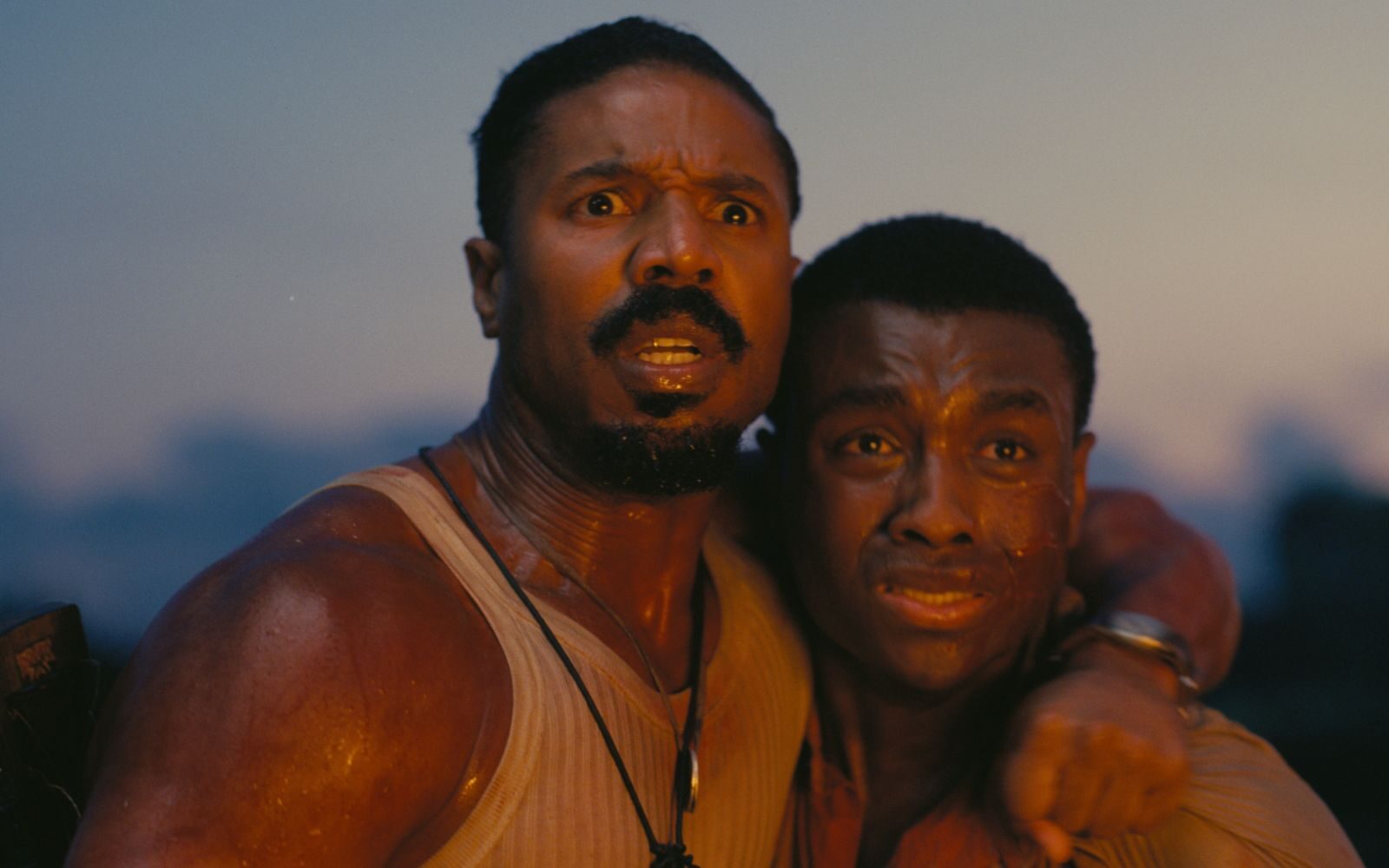
Sinners Draws New Blood from the Vampire Genre
Ryan Coogler’s Southern Gothic epic is a transgressive reckoning with America’s Colour Line.
Directed by Ryan Coogler
by Prabhjot Bains
- Published on
The cinematic vampire is almost as old as the medium itself. Whether they are ancient creatures from Eastern Europe, drifting through the American heartland, or partying in plain sight, the mythologies have been reworked and reformatted so endlessly that it becomes almost Sisyphean for new offerings to feel fresh and inventive. Ryan Coogler’s Sinners stands as one of the great modern rebuttals to that sentiment, not because it plays with the formula of the vampire flick, but because it views the genre through an illuminating, oft-neglected lens—through America’s ingrained colour line.
Vampire lore staples like stinking garlic, searing holy water, and wooden stakes through the heart are all here in their unvarnished glory, but in steeping the mythos in raw, blood-spattered Americana, Coogler’s film builds a world unto itself, pulsating with passion, pain, pleasure, and most of all, transportive music. With daubs both epic and intimate, the spectacular Sinners manifests as a phantasmagorical, Southern Gothic reckoning with the American experiment and experience, in which the people of one race are already ostracized as beasts before the real creatures of the night arrive.
In Sinners, Michael B. Jordan stars as bootlegging twins Smoke and Stack, former soldiers of The Great War who settled in Chicago to work for the infamous Al Capone. They’re returning to their home in the Mississippi Delta with loads of cash, guns, and Irish beer to open a juke joint in a vacant sawmill bought from a racist white man (who also may or may not be a Klansman), calling on their bluesman cousin Sammie (Miles Caton, a former backup singer for H.E.R) to liven up their opening night. Their plan to create a safe space within the Jim Crow South goes awry, as a bloodsucking pack visits their nascent establishment.
Set over the course of a single day in 1932, Sinners recalls Robert Rodriguez’s From Dusk Till Dawn (1996), which also follows two siblings looking for new horizons, only to switch genres midway and become a vampire extravaganza. Before Coogler’s film pivots to a full-blown vampire yarn, he uses the same framework to foster patient, careful character work and vibrant worldbuilding. Employing an expansive eye, courtesy of the breathtaking IMAX cinematography, Coogler immerses us in the endless cotton fields and willow trees that bristle and bake under the southern sun. His camera cascades and attunes to Smoke and Stack’s dapper suits, the puffs of their fine-rolled cigarettes, and the shared sweat of their toiling, segregated community.
Along with capturing such textural, breathing beauty, each character bustles with personality and personal history, in which motivations and emotions remain palpable. Coogler not only weaponizes their arcs to cement a sprawling, grandiose sense of tension, but also to seamlessly weave a plethora of themes into a potent, subversive form of commentary. The destruction of the Black family, Black liberation, ancestral lineage, America’s frayed racial history, and even African folklore all swirl and burble within Sinners like a haunting, magical gumbo.
It all crescendos in the film’s most awe-inspiring scene, in which Sammie’s gifted blues bellowing becomes a portal for ancient African drummers, Hendrix-like electric guitars, hip-hop twerkers, and even classical Chinese dancers. Coogler’s camera cascades and cycles through this cacophony of sights and sounds, breaking the borders of its vast canvas to tap into the meta-physical, time-binding properties of music.
As the film settles into a gory, gruesome spectacle, Coogler’s bravura filmmaking doesn’t let up, staging relentless, guitar-twanged set pieces that inject fascinating, heartfelt wrinkles into the centuries-old vampire mythology. In a thought-provoking moment, Jack O’Connell’s Irish folk-singing vampire makes a fascinating claim for his undead state being a way to opt out of the American Dream’s raw deal.
The ensemble, which features Hailee Steinfeld, Jayme Lawson, Li Jun Li, Yao, and Peter Dreimanis (lead singer of Toronto’s July Talk), rounds out the film with grit and spirit. Delroy Lindo is in top form as a delicious, boozing harmonicist, while Wunmi Mosaku’s hoodoo witch character earnestly tugs at our heartstrings. It’s Jordan’s dual role, though, which keeps the film’s emotional beats focused and resonant by finding two subtle, unique registers.
Sinners survives the harrowing night as one of the boldest, most transgressive major studio releases in recent memory. It not only relishes in its genre’s conventions, but also understands that in America, the real hateful monsters walk among us in the daytime.

